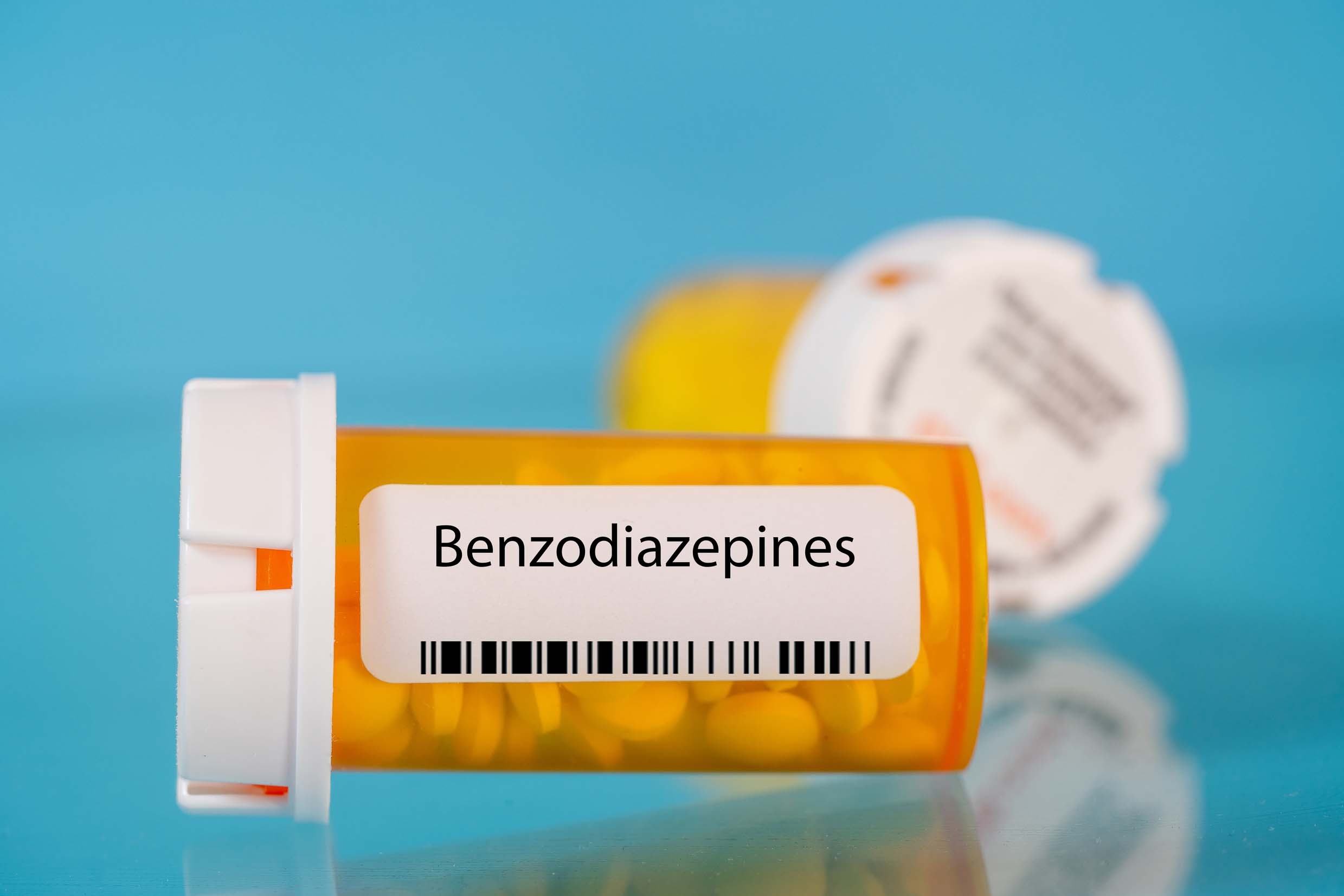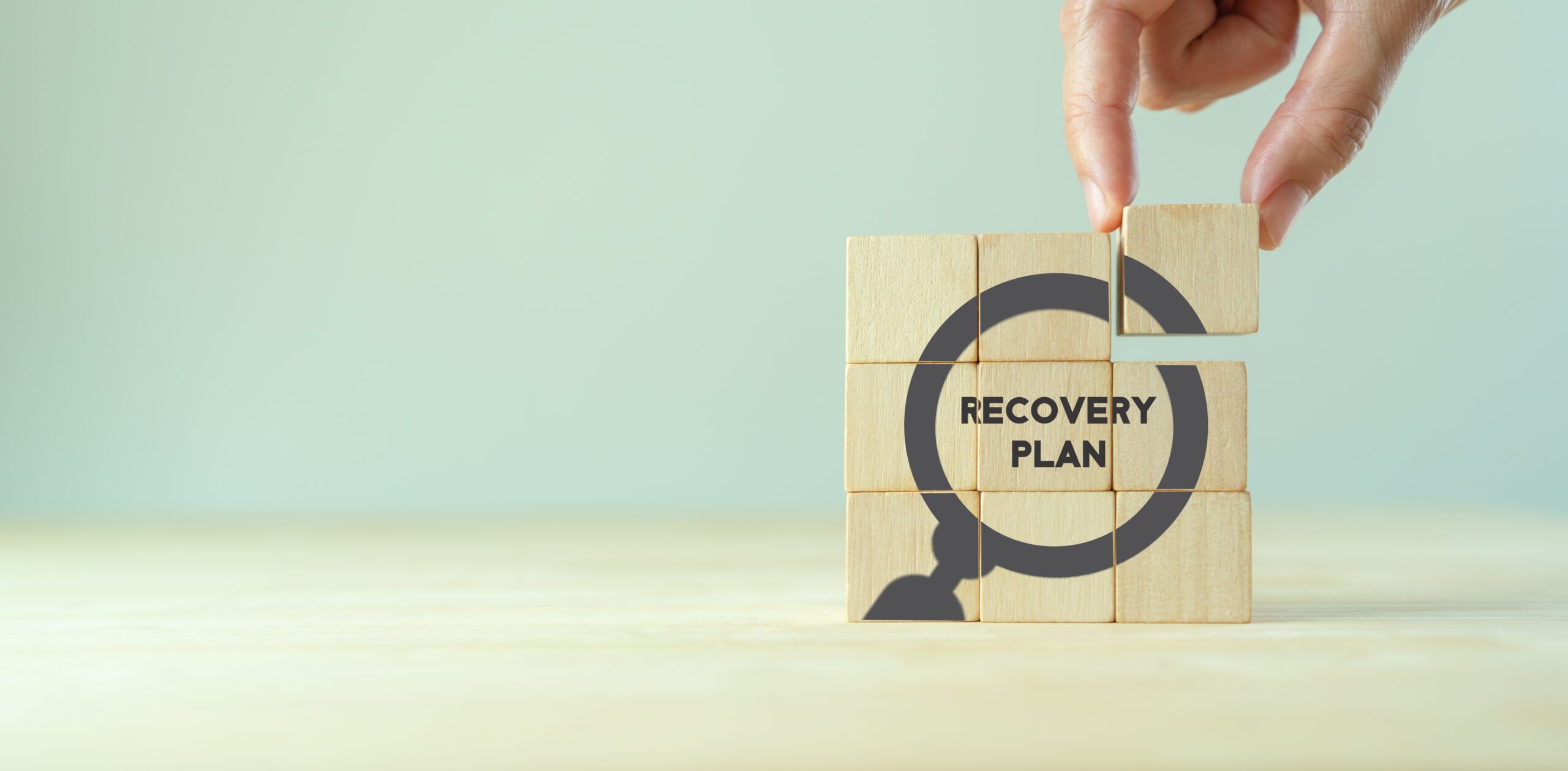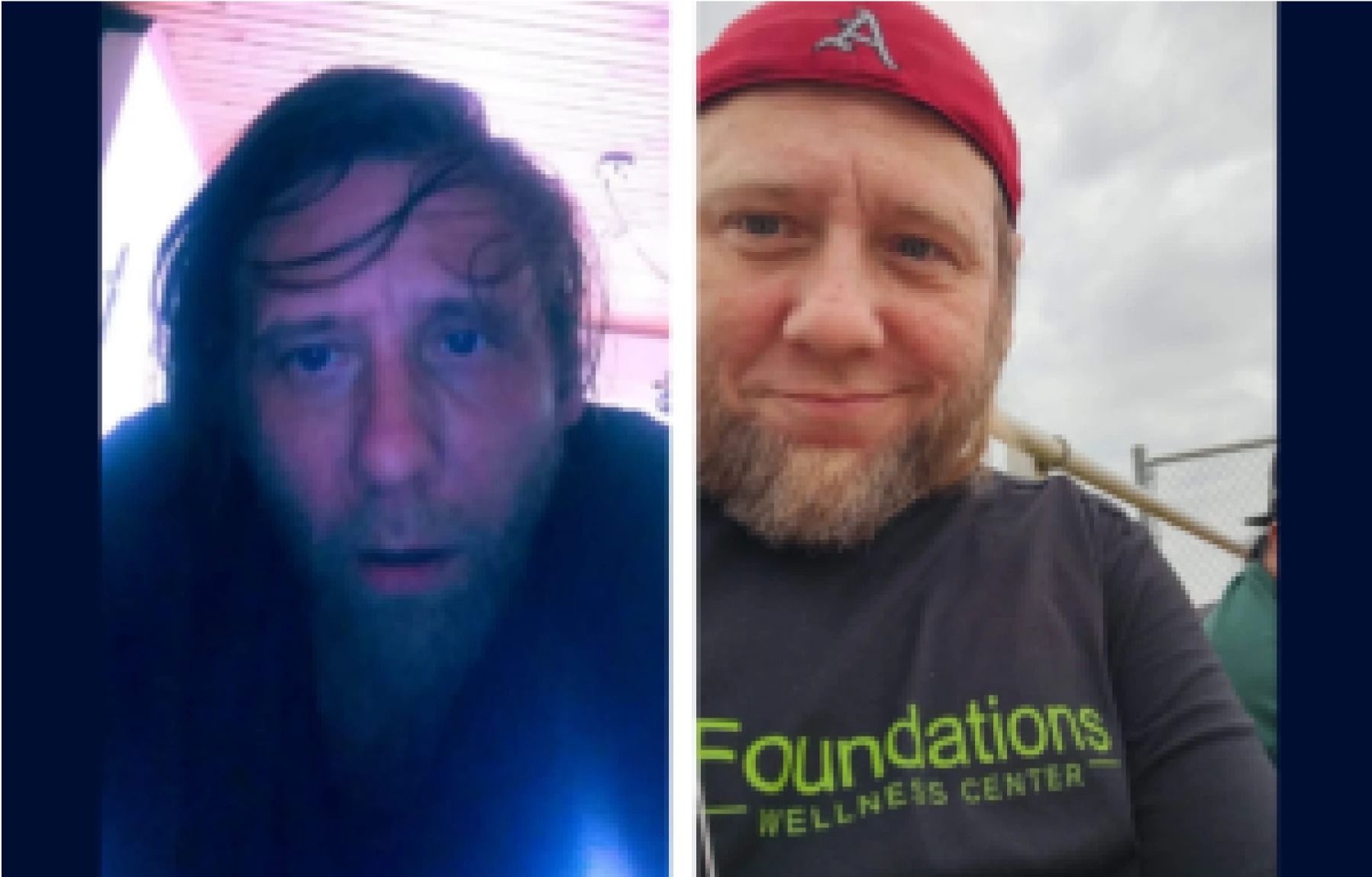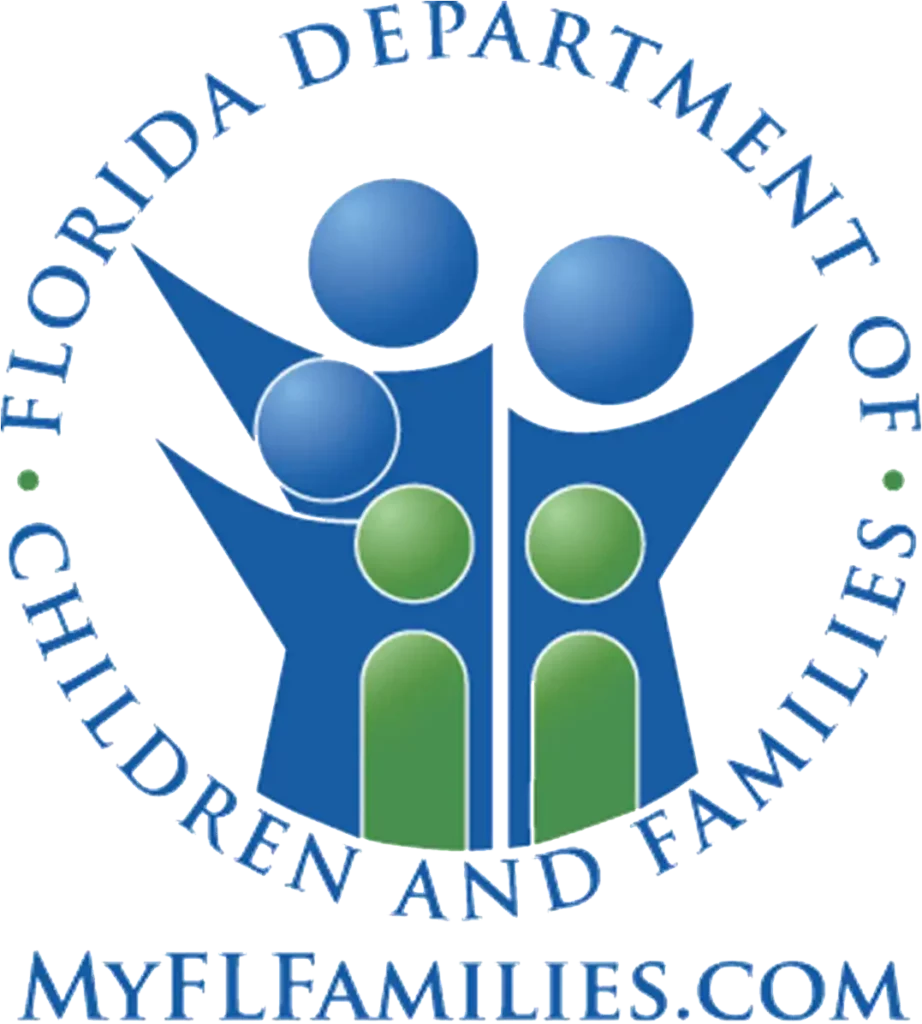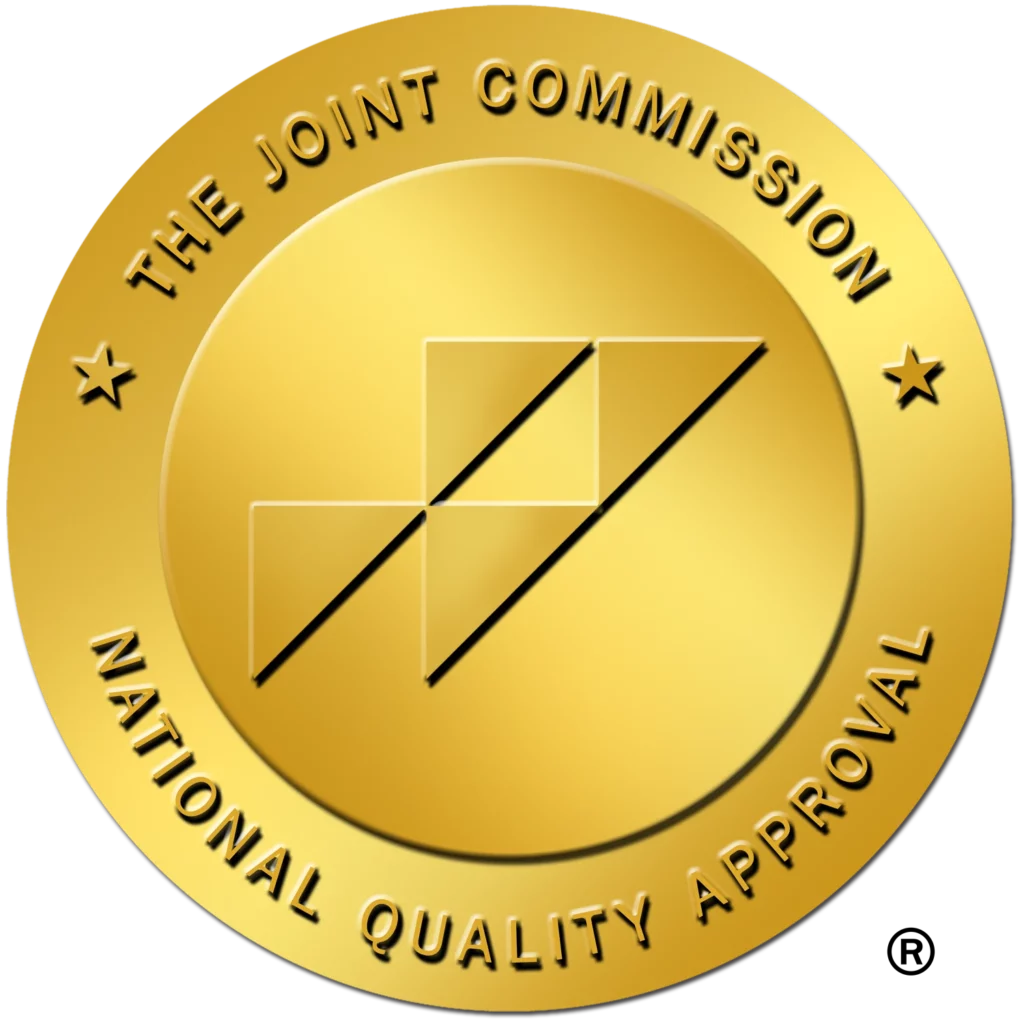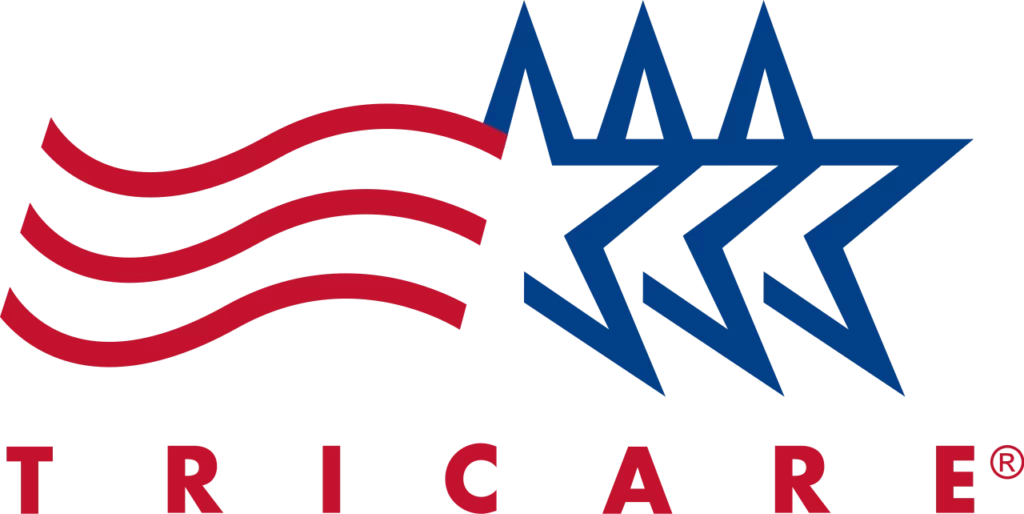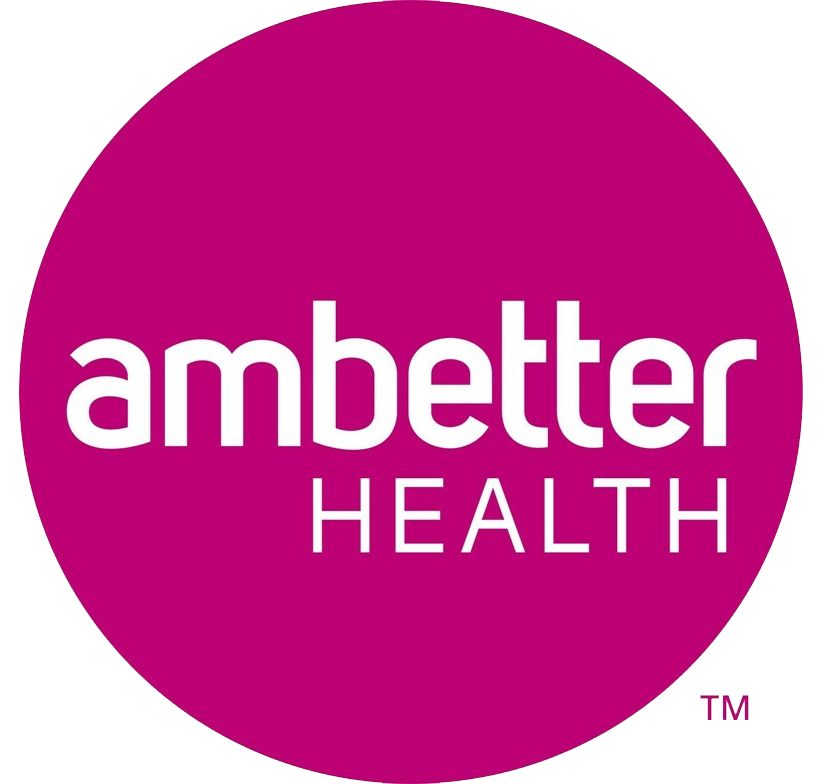7 Opioid Alternatives For Kids
This entry was posted in Drug Abuse, Prescription Drugs and tagged Alternative Treatment on March 19, 2019 by Justin Baksh, MS, LMHC, MCAP, Chief Clinical Officer.

As a parent, it is your duty to protect your children from potential threats to their health and wellness. Opioids are painkillers that can lead to addiction, even through normal use of prescription medications. Talk to your child’s doctor about these seven opioid alternatives for safer healthcare.
The Dangers Of Opioids For Children
You may want to look for alternatives to opioids if you are afraid of your child developing a dependency or addiction to opioid painkillers. Doctors commonly prescribe children opioids after surgeries or dental procedures, as well as after accident-related injuries such as sports injuries or car accidents. Taking opioids for a child’s pain, however, could lead to a drug dependency. This can happen with opioids because they chemically alter the function of the brain.
A child or teen on opioids for any amount of time may lead to symptoms of withdrawal once the prescription ends. Withdrawal symptoms may include anxiety, nausea, vomiting, diarrhea, loss of appetite, sweating, and irritability. This could lead to your child requesting more opioids than prescribed or insisting on a prescription refill. Parents who are unaware of the addiction risks of opioid drugs may not prevent unnecessary refills. This could ultimately lead to an opioid addiction, as the brain grows dependent on the drug.
Prescription opioid addictions all too often lead to a dependency on heroin. Heroin is an illegal type of opioid that can be cheaper and easier to obtain than prescription pills once a child’s prescription runs out. Teenagers may turn to heroin to combat withdrawal from opioid painkillers. Heroin can put the child at risk of unknowingly ingesting other drugs, contracting a bacterial infection, or overdosing. Avoiding opioids from the beginning could help protect your child from a potential substance use disorder in the future.
Non-Drug Treatments
Your child can combat pain from an injury or procedure without taking any drugs in many situations. If your child has pulled a muscle playing a sport, for example, physical therapy or ice baths could help treat pain. Discuss non-medicated options for pain relief with your child’s doctor.
Hot And Cold Therapies
Therapies using hot and cold temperatures can help relieve bodily aches and pains. Cold therapies such as ice baths can reduce blood flow to an injured part of the body. This can reduce inflammation, swelling, tissue damage, and pain. It can also numb painful tissues. Heat therapy can promote healthy blood flow for pain relief, especially to relax tight or sore muscles. Types of heat therapy include applying hot water bottles or heating pads to the affected area.
Massage
Another non-medicated way to treat muscle pain or soreness is through massage. Therapeutic massage can manage short- or long-term pain for children and teens. It is a great option for relaxing tight muscles or tendons, relieving stress, and blocking pain messages to the brain. It is especially useful for pain in the back, neck, knees, and hands.
Physical Therapy Or Chiropractic Care
Physical therapy can help cure pain by strengthening the muscles and tendons in the injured or sore area. It can help your child’s mobility without causing further pain. Weakness in part of the body can add stress to places that hurt. Physical therapy can add strength to help battle pain. Seeing a chiropractor could also relieve a child’s chronic pain. It can provide maximum effects within a few months, without taking any medications.
Acupuncture
Acupuncture is also a non-medicated form of pain relief, especially suitable for back and neck pain. Acupuncture uses extremely fine needles inserted into the skin at specific points for pain relief and muscle relaxation. Acupuncture is an ancient form of Chinese medicine that is growing in popularity as an alternative to opioids. It can treat a range of conditions, from headaches to chronic pain. Acupuncture can help your child manage pain from an injury or ailment without oral medications.
Localized Numbing
Sometimes all a child needs for pain relief is localized anesthesia in the area. Injecting a localized numbing medication can provide pain relief for the amount of time the child will likely feel pain – for example, around 18 hours after shoulder surgery. Localized numbing can resolve acute pain without the child needing to take opioids or other medications.
Ibuprofen
Ibuprofen is a non-steroidal anti-inflammatory medication. It acts as a low-intensity pain reliever that can ease pain from many different injuries or maladies. People use ibuprofen for headaches, muscle pain, light injuries, and menstrual cramps. This medication is also an effective fever reducer for mild colds and flus. Ibuprofen comes in many different dosages depending on the patient. For children, doctors will base dosage amounts on weight. A child may need to take ibuprofen regularly for about two weeks for the full pain-relieving benefit.
Ibuprofen is not physically or psychologically addictive, and is not an opioid. More than 460 studies have found that ibuprofen is better at relieving pain from dental procedures than opioids. Researchers say prescribing opioids and other narcotics should be a last resort for child dental patients. Ibuprofen and other non-steroidal medications should be a first option. Other non-steroidal medications include Naprosyn (Aleve), Motrin, Advil, and Excedrin. Parents can combine ibuprofen with an acetaminophen for stronger pain relief without opioids.
Celecoxib Or Meloxicam
Celecoxib is another non-steroidal anti-inflammatory medication used for pain relief and is usually prescribed for Juvenile Idiopathic Arthritis (JIA) patients. Celebrex is a name brand of this drug. Celecoxib is similar to ibuprofen and other non-steroidal drugs, but it is easier on the stomach. It causes less inflammation of the stomach and reduces the risk of ulcers. It also does not interfere with blood clotting. Meloxicam is another option for treating pain without opioids. It is like celecoxib in that it alleviates acute or chronic pain by preventing the release of inflammatory substances and is also usually prescribed for JIA patients. Mobic is the brand name for meloxicam.
Topical Pain-Relieving Solutions
If your child is experiencing pain from muscle soreness or other superficial injuries, topical medications can be effective at safely relieving pain. Topical solutions directly impact the affected area, rather than working through the child’s blood system. Flector and Lidoderm patches, for example, can help ease muscle pain. They work 24 hours a day, typically after just 12 hours of wearing the patch on the hurting area.
Pain-relieving gels are another topical solution. Voltaren gel, for example, goes on the affected area several times per day, providing lasting pain relief. Gel may be preferable to a patch if your child is active, as patches can fall off with sweat. Voltaren gel is a safe medication that is appropriate for strained muscles, tendonitis, and injuries such as runner’s knee. It is an anti-inflammatory medication that works where the child needs it most.
Tizanidine
Tizanidine is an oral medication that relieves pain without causing euphoric effects. It is a commonly prescribed drug for cerebral palsy patients and others that suffer muscle spasms relating to health conditions. It is a short-term muscle relaxer that can help treat muscle-related pain. The brand name of tizanidine is Zanaflex. Note that tizanidine can cause withdrawal symptoms such as anxiety and increased heart rate if your child abruptly stops taking it. Follow the doctor’s orders for coming off of tizanidine.
Gabapentin
If your child suffers from nerve pain, gabapentin could be an effective non-opioid form of pain relief. Gabapentin can relieve nerve pain as well as serve as an anticonvulsant. Doctors may prescribe it to children who suffer from seizures or epilepsy. It is an oral medication with the brand name Neurontin. In combination with other drugs, it can prevent an increased sensitivity to pain and help control convulsions. Possible side effects include infection, fever, nausea, jerky movements, and hostility. Patients three to 12 years old most often experience viral infection and fever as side effects of gabapentin.
Pain Relief Without Opioids Is Possible
If your child suffers an accidental injury or pulled muscle, has to undergo surgery or a dental procedure, or has a condition such as epilepsy, opioids are not the only choice for pain management and relief. These seven alternatives are just some of the ways your child can conquer pain without turning to opioid drugs. Discuss your child’s options other than opioids with a physician today.

